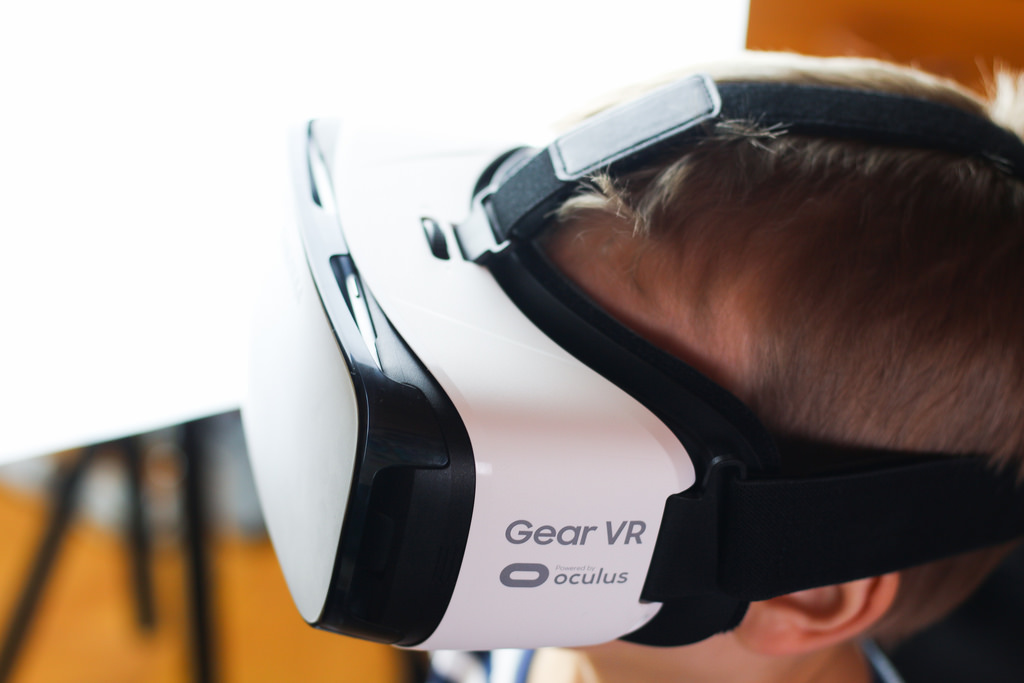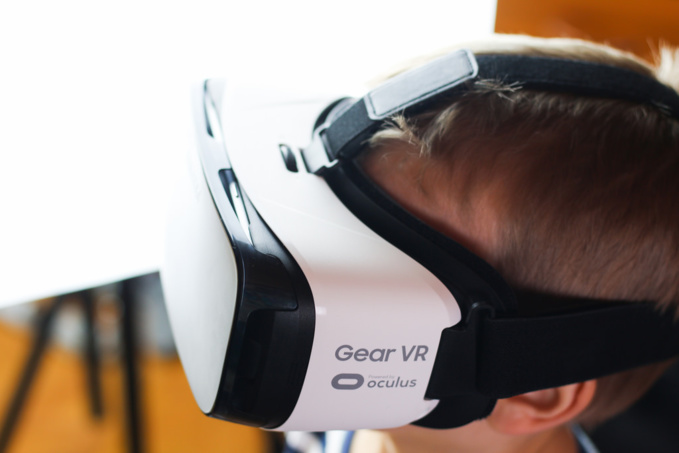Analysts believe that the main reason for this decline was decrease in buyers' interest in the simplest screenless headsets, which require a smartphone to work. About 1 million of such devices were sold in the II quarter of the last year, but only 409 thousand - in the last quarter of the year.
However, experts believe that the decline is temporary and that the new models of Oculus Go and HTC Vive Pro will help the market to return to positive dynamics in the coming quarters.
Demand for headsets connected to a computer or game console (the so-called Tethered VR), decreased by 37.3% for the year. In the second quarter, HTC shipped about 111 thousand such devices, Oculus and Sony - 102 thousand and 93 thousand gadgets respectively.
At the same time, shipments of autonomous VR-devices skyrocketed: annual growth was almost 418%. The rise was mainly provided by the models Oculus Go and Xiaomi Mi VR, deliveries of which are estimated at 212 thousand units.
Specialists note that about 20% of VR-sets that entered the market in the II quarter of 2018 were intended for the commercial sector, whereas a year ago the figure was 14%. In addition, the average selling price in this segment increased from $ 333 to $ 442.
According to IDC analyst, one of the main problems of the VR market is that users have little to try out gadgets. The specialist believes that this opportunity should be used by market participants in commercial services.
As an example, the analyst cited HTC’s partnership with the Dave and Busters entertainment center network, as well as a program of cooperation with educational institutions, announced by Oculus Education. According to him, such projects will help teach consumers to use VR-devices and encourage them to purchase their own gadgets.
source: bloomberg.com
However, experts believe that the decline is temporary and that the new models of Oculus Go and HTC Vive Pro will help the market to return to positive dynamics in the coming quarters.
Demand for headsets connected to a computer or game console (the so-called Tethered VR), decreased by 37.3% for the year. In the second quarter, HTC shipped about 111 thousand such devices, Oculus and Sony - 102 thousand and 93 thousand gadgets respectively.
At the same time, shipments of autonomous VR-devices skyrocketed: annual growth was almost 418%. The rise was mainly provided by the models Oculus Go and Xiaomi Mi VR, deliveries of which are estimated at 212 thousand units.
Specialists note that about 20% of VR-sets that entered the market in the II quarter of 2018 were intended for the commercial sector, whereas a year ago the figure was 14%. In addition, the average selling price in this segment increased from $ 333 to $ 442.
According to IDC analyst, one of the main problems of the VR market is that users have little to try out gadgets. The specialist believes that this opportunity should be used by market participants in commercial services.
As an example, the analyst cited HTC’s partnership with the Dave and Busters entertainment center network, as well as a program of cooperation with educational institutions, announced by Oculus Education. According to him, such projects will help teach consumers to use VR-devices and encourage them to purchase their own gadgets.
source: bloomberg.com



















